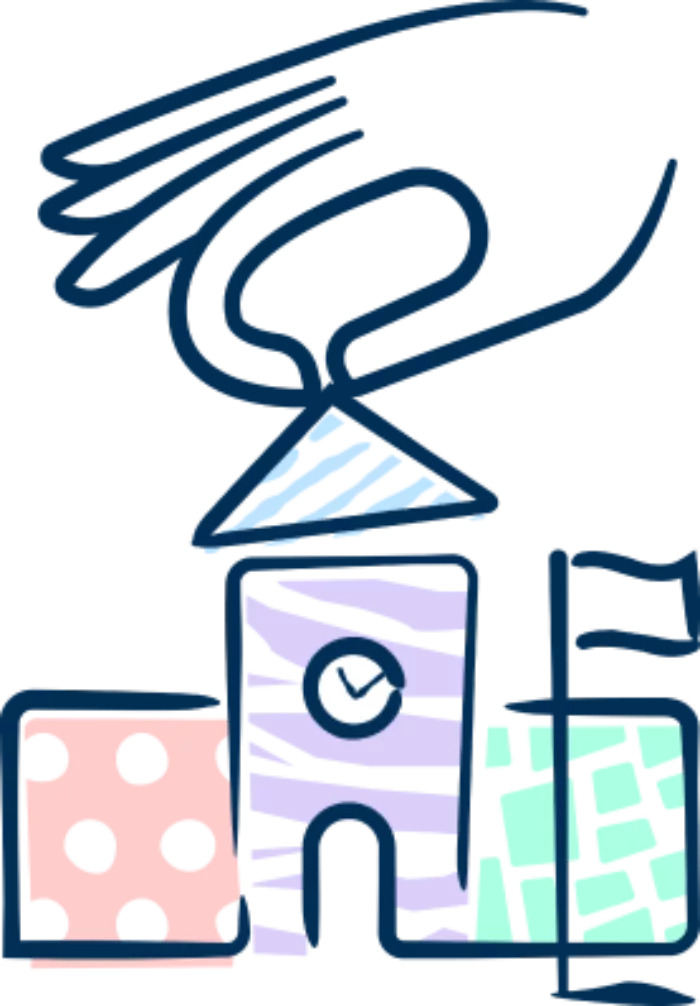What does your idea look like "in action,” and how will you test it? In this step, you will turn your idea into a prototype (or testable solution). You’ll then plan and execute a pilot to understand the prototype’s impact with a small group of students and teachers.
Reflect
As you start these activities, ask yourself:
In what ways does our prototype align (or not align) with our stakeholders’ needs?
How can we describe our solution so that it’s clear for others to implement it?
How can we test our solution on a small scale to see if it actually advances equity and resiliency?
Implement
Complete the following activities:






